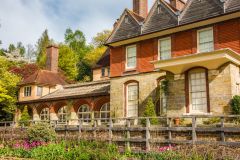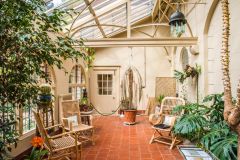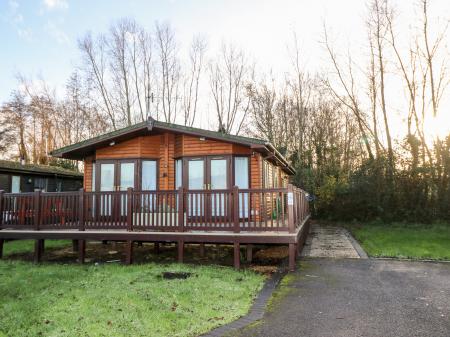
History
In 1891 the Beale family called upon architect Philip Webb to design a country house on the outskirts of East Grinstead. James Beale was a successful Birmingham solicitor and wanted Webb to create an Arts and Crafts style house for himself, his wife, and their 8 children.
The result is a masterpiece of Arts and Crafts style, designed to look as though it had grown organically from the earth rather than been placed there.
Webb drew inspiration for the new house from medieval farm buildings on the property, but despite the historical inspiration, Standen was very much a modern home, with electricity and central heating for comfort.

In line with the ideals of the Arts and Crafts Movement the house was built completely from locally available materials and traditional building techniques.
The house and garden were designed as one complete unit, following William Morris's philosophy of a garden being a continuation of a house, or, to put it another way, the exterior as an expression of the same ideals present indoors. Margaret Beale had very strong ideas on how the garden should be laid out and worked with Webb to achieve the final layout.
The result of the collaboration is one of the high points of the Arts and Crafts Movement, with everything created to exacting standards of craftsmanship and the finest available materials.

Webb was a friend of William Morris and it was only natural that the interiors of Standen be furnished with Morris & Company products. There are textiles, ceramics, paintings, and furniture reflecting the Morris philosophy.
The house is presented as it might have been in 1925, prepared to welcome guests to a weekend party. The garden has also been recently restored to reflect how it would have looked in the 1920s.










 We've 'tagged' this attraction information to help you find related historic attractions and learn more about major time periods mentioned.
We've 'tagged' this attraction information to help you find related historic attractions and learn more about major time periods mentioned.




